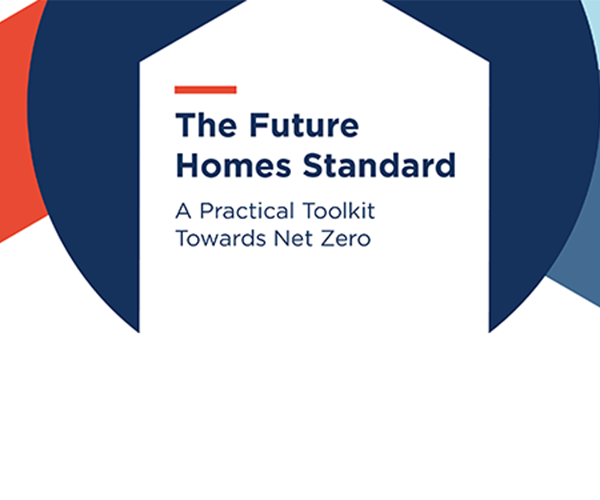Baily Garner’s market-leading retrofit team has joined forces with Buildeco Offsite Architecture, researchers from Leeds Beckett University and IoT Solutions Group to develop an AI-driven mould-detection and prevention tool.
The AI-DOMP (AI-Enabled Design Diagnostics and Optimisation System for Mould Prevention) platform is a web-based system that leverages AI to examine existing buildings, identify areas prone to dampness and mould growth, propose plans to address existing issues and optimise retrofit designs to prevent them.
Baily Garner’s involvement in the project comes as part of a broader effort to increase knowledge among social landlords around the identification, remediation and prevention of damp and mould – demonstrated by the release of our free Damp and Mould Toolkit in 2023.
Sonny Cook, Senior Associate Partner and Baily Garner’s lead on Damp and Mould, said: “Since publishing our Toolkit, we’ve spoken at numerous industry conferences about the risks posed by damp and mould, sharing our expertise on how to manage it with clients and the broader housing sector. After establishing ourselves as subject matter experts and an outspoken voice on the topic, we’re proud to be working hand-in-hand on the AI-DOMP platform with partners who share our passion for change.”
Mould contamination is a common problem in UK homes. A recent winter campaign highlighted that nearly 29% of the population, or about 15.4 million people, experience mould issues either frequently or occasionally.
Damp and mould are also significant factors in respiratory illnesses, costing the UK an estimated £11 billion annually (NHS, 2022).
In 2020, the tragic death of two-year-old Awaab Ishak, caused by prolonged exposure to mould in his social home, highlighted the severe respiratory dangers posed by inadequate housing conditions in the UK.
We released our Damp and Mould Toolkit in response to Awaab’s Law – a clause within the Social Housing (Regulation) Act 2023 that placed strict obligations on social housing landlords to quickly investigate and fix hazardous conditions like mould in homes.
The Toolkit was designed to equip the social housing industry with the means to address the root causes of damp and mould and to be proactive in pursuing prevention rather than treating symptoms reactively.
In June 2024, it became mandatory for social housing landlords to investigate damp and mould reports in 14 days and begin work to fix the issue within 7 days.
The AI-DOMP project was conceived to help social landlords meet this obligation for the benefit of their tenants, and with a share of £7m in funding from the government’s Innovate UK BridgeAI programme supporting its development, the product is now completing its phase of AI learning.
How is Baily Garner contributing to the AI DOMP project?
As well as conducting hundreds of damp and mould surveys for our clients since the release of our Toolkit, Baily Garner’s retrofit and sustainability teams have been analysing the performance data of buildings to model the impact of improvement measures for over a decade.
Leveraging our expertise and large amount of recorded performance data, we are assisting with training the model used in the AI DOMP platform using actual retrofit surveys and SAP models so it can recognise aspects of buildings that make them prone to damp and mould.
The involvement of IoT (Internet of Things) devices installed within the properties of social landlords means that the AI DOMP results can be compared with actual readings from occupied homes, allowing the team to validate the AI model’s output.
You can also read our Tackling Damp and Mould Toolkit here.



